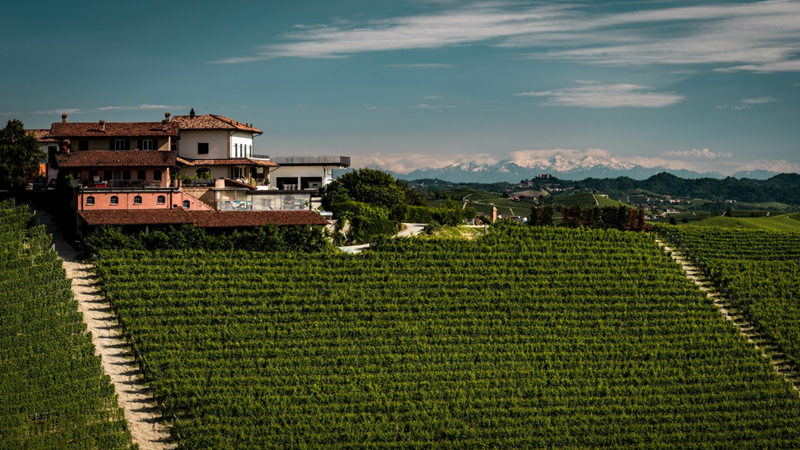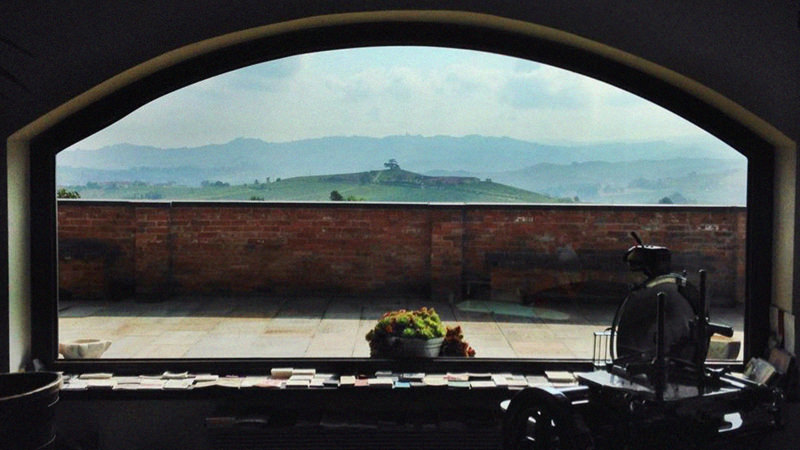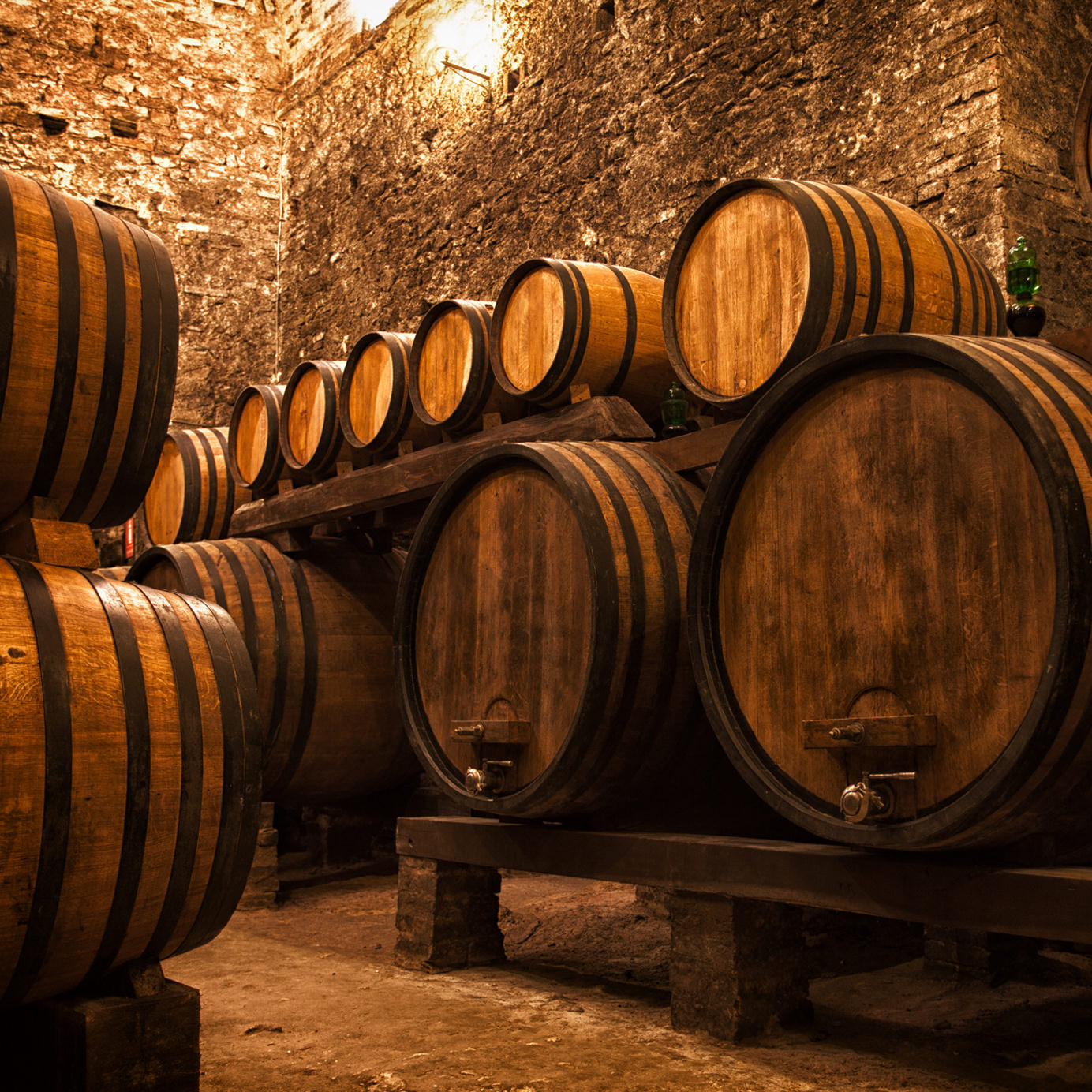Ten years ago, if you traveled to any wine region and visited its cellars, you’d likely find a barrel hall stacked high with small oak barrels.
Not anymore. Now you’ll find these small oak barrels, called barriques, alongside a variety of others. Even the most traditional cellars might also have a concrete egg or two, or a 1,000-liter barrel or three. In certain corners of the winemaking world, ceramics teachers-turned-vintners are creating custom terra cotta amphorae and selling them to other winemakers.
In other words, alternate forms of elevage are coming back into favor — and fast. The French term for “bringing up” or maturing wine, elevage has become a hot-button issue. Winemakers who ditched large-format barrels 15 or 20 years ago are scrambling to switch back. Some argue with their accountants to commission a whole new fleet of aging equipment. And those who held tight to their original, 1,000-liter oak barrels quietly (or not so quietly) celebrate their triumph.
Don't Miss A Drop
Get the latest in beer, wine, and cocktail culture sent straight to your inbox.The fact of the matter is, this issue isn’t just a matter of modern winemakers rediscovering the large barrels of yesteryear. The complexities of elevage today encompass taste, tradition, and, ultimately, the dangers of chasing trends in the cellar.
*
Barrels are beautiful things. Constructed from oak staves that have been bent with heat and secured in place with metal hoops, they were not expressly created for wine storage; for many years, barrels were simply the default way of storing and transporting liquids.
The happy coincidence is that the heated wood imparts pleasant flavor to the wine within. With a judicious mix of new and old wood, winemakers can add just the right amount of structure, tannins, and flavor to match their wine styles. But the most important aspect of barrels is that they permit micro-oxygenation. Allowing a very small amount of oxygen to reach the wine within helps it develop in interesting, beneficial ways.
In recent years, the most common barrel size has become those small oak barriques, which hold just 225 to 228 liters. Their size makes them convenient to handle in the cellar, and, when new, they can impart a distinctly oaky character. They can also add structure and adjust the color of red wine. Because they were historically used in Bordeaux and Burgundy, some New (and Old) World producers erroneously adopted them in hopes of creating similarly world-class wines.

At the center of any conversation about elevage and controversy lies Barolo. One of the world’s most famous red wines, Barolo hails from Piedmont, Italy, an almost impossibly beautiful region of rolling hills of Nebbiolo grapes.
Historically, Barolo was aged for decades in 1,000-liter oak vessels, called botti in Italian. (In France these are called foudres, and in Germany fuders.) The traditional Barolos that came out of those botti were a light red color, acidic, and highly tannic.
In the late 1980s, a new generation of producers in Piedmont and across Europe wanted to buck the restrictive precedents of their parents, grandparents, and great-grandparents. These modernists picked later, dropped yields, worked more cleanly, and, perhaps most significantly, took chainsaws to previous generations’ foudres and botti. (In fact, this was the only way of getting them out of the cellars, but it certainly made for a dramatic statement of cultural violence in the eyes of the traditionalists.)
Elio Altare, one of the modernist Barolo winemakers, asserted that since the world’s great wines (namely, those of Burgundy and Bordeaux) were matured in barriques, his would be too. The fact that his wine was Barolo, and traditionally didn’t taste like those other wines, wasn’t an issue for him.
These new Barolos had a darker red color, pronounced oaky character, sweet fruit, and much softer, more approachable tannins. American collectors who had previously struggled with traditional Barolo lapped up these new versions. They were spurred on by the enthusiastic endorsement of critics.
How far we have come. Today, savvy wine drinkers dismiss their parents’ blind adherence to critics’ scores. And those concentrated, sweetly fruited wines with generous oak? They are cast aside for wines with local flavor and authenticity. New oak barriques are now seen as impostors among Italian winemakers; and those who never switched are being feted as the star producers that they always were, long before this small-oak silliness messed things up.
*
It’s easy to look at a region like Barolo, or the elevage conversation in general, as a straightforward case of trend-chasing. But that simple narrative doesn’t tell the whole story. Yes, producers are moving away from small oak barrels but, for many, this shift is more about embracing individuality than a back-to-basics pendulum swing.
Large-format barrels, terra cotta amphorae, and concrete eggs make good sense for winemakers. Small oak’s imprint on flavor can be a distraction from a wine’s true nature, darkening its color, tweaking its flavor, and softening its structure, like badly applied makeup. Large oak, on the other hand, exposes the wine to tiny amounts of oxygen in a slow, even way, and the wood imparts little flavor.
Concrete eggs are popular because their shape positively affects fermentation fluid dynamics, keeping the yeast cells suspended in wine. They also provide insulating effects that maintain a steady fermentation temperature.
Terra cotta is in vogue because of the way that the clay transmits oxygen, and, in some cases, it adds a subtle flavor to the wine. (The exact effects depend on the firing temperature.) Amphorae also come in different shapes. In Georgia, they are called qvevri and are sunk into the ground. Typically, the grapes – both red and white – are fermented in the qvevri and left on their skins for six months, resulting in distinctive wines. This process has been in place for thousands of years, giving these wines and winemakers a real connection with history.

Alberto Antinori, the consulting winemaker for Haywire, a producer in the Okanagan Valley in British Columbia, Canada, eschews new oak for row upon row of concrete eggs. The concrete brings out the best of his vineyard sites, he believes. Many of these wines’ labels have the strapline, “Raised in concrete.”
In Australia’s McLaren Vale, Brad Hickey of Brash Higgins Winery has an amphora farm — an array of clay vessels producing some interesting wines. It’s a twist on the rows of stainless steel tanks known as “tank farms” in the wine world.
Andrew and Annedria Beckham in Oregon’s Willamette Valley mature their Beckham Estate wines in terra cotta amphorae that Andrew, a ceramics teacher, makes. Andrew has since bought a commercial rig and has begun commercializing his terra cotta amphorae, tinajas, and qvevri. They are proving very popular with other winemakers.
Even winemakers in ye olde Champagne have been experimenting with alternative elevage. Rodolphe Peters, of famed grower Champagne Pierre Peters, uses a mix of stainless steel, concrete egg, and large oak for his reserve wines. All taste quite different, and I’d say the concrete is the most interesting. Anselme Selosse uses some terra cotta amphorae in his cellar for fermenting base wines. And Benoit Tarlant keeps some base wines in cylindrical ceramic spheres called clayvers.
Marcel Papa, chief winemaker of Marques de Casa Concha, a Maipo winery owned by Chilean giant Concha y Toro, has been changing his label’s style over the past five years. He’s been swapping the small oak in his cellar for Italian botti (as much as the accountants will let him), and picking earlier.
*
These stories could be repeated endlessly. The move toward alternative elevage is rapidly gaining traction. Some winemakers see it as a bit of experimentation. Others think having a mix of stainless steel, small oak, large oak, concrete, and clay in the cellar is akin to a chef having a range of pans, each suited to a different purpose. But for many, alternative elevage speaks to the entire focus of the winery. These winemakers are pursuing wines that communicate their true essence and sense of place thoughtfully, without layers of oak or sweetened fruit. Buying a concrete egg or commissioning a qvevri is not about keeping up with the Jonses so much as it is about a quest for perfection.
Wine is not static. Though it seems rooted in tradition, and at times resistant to change, trends influence wine just as they do food or fashion. The trick is ensuring what’s hot right now doesn’t get in the way of what’s right in the end.
